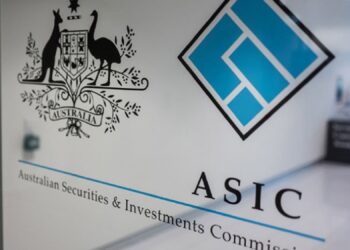Over the five years to 31 March 2012, direct property funds had lower-volatility total returns and produced higher cumulative returns than listed property.
That's according to the 'Property Performance Research September 2012', a report conducted by Atchison Consultants and commissioned by the Property Funds Association of Australia (PFA).
Unlisted property funds were measured against the PCA/IDP Composite Index, while the S&P ASX A-REIT 200 Accumulation Index was used to measure listed property.
The report found that listed property funds returned an annualised return of -13.3 per cent with a volatility rate of 27.1 per cent over the five years to 31 March.
Over the same period, direct property produced an annualised return of 6.5 per cent with volatility of 4.0 per cent.
The report stated that the heightened volatility of listed property returns was largely due to the effects of the global financial crisis.
Direct property funds also benefitted from the fact that they generally have a low correlation with Australian equities, delivering strong diversification benefits to an investment portfolio, the PFA stated.
"And judging from inflows in the past 12 months, investors are beginning to understand the hard facts," PFA president Robert Olde said.
"There's been a significant increase in direct property compared to the listed sector, bringing total direct property investment to more than $55 billion in assets under management."





